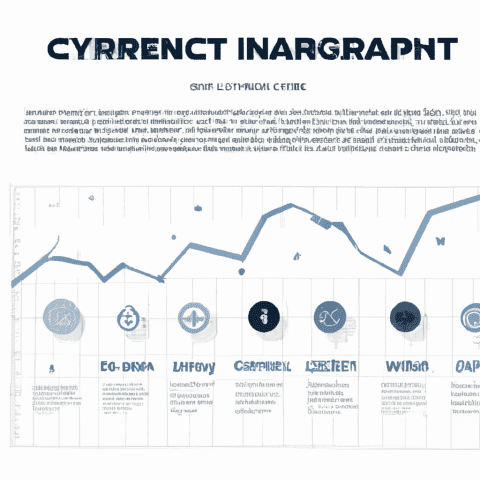As the cryptocurrency market continues to evolve and expand, altcoins have become an increasingly popular investment option for traders and investors. In this article, we will explore the top altcoins in the market, discuss the rise of new altcoins, provide insights on investing in the best altcoins for your portfolio, explain the basics of altcoin trading, and offer key factors to consider when choosing altcoins to invest in. Whether you are a seasoned cryptocurrency enthusiast or a newcomer to the space, understanding the world of altcoins is essential for making informed investment decisions. Join us as we delve into the exciting and dynamic world of altcoins.
1. Exploring the Top Altcoins in the Market

When it comes to investing in altcoins, it's important to explore the top options available in the market. With new altcoins constantly being introduced, it can be overwhelming to navigate the ever-growing landscape of digital currencies. To help narrow down your options, it's essential to research and analyze the best altcoins that show potential for growth and stability.
Some of the top altcoins in the market currently include Ethereum, Ripple, Litecoin, and Cardano. Ethereum is known for its smart contract capabilities and decentralized applications, making it a popular choice among developers and investors. Ripple, on the other hand, focuses on facilitating cross-border payments and has partnerships with major financial institutions.
Litecoin is often referred to as the silver to Bitcoin's gold, offering faster transaction times and lower fees. Cardano is a newer altcoin that aims to provide a more secure and scalable blockchain platform through its unique proof-of-stake algorithm.
By keeping an eye on the top altcoins and staying informed about new altcoins entering the market, investors can make informed decisions about where to allocate their funds. It's important to conduct thorough research, consider the technology behind each altcoin, and assess market trends to determine the best altcoins for your investment strategy.














